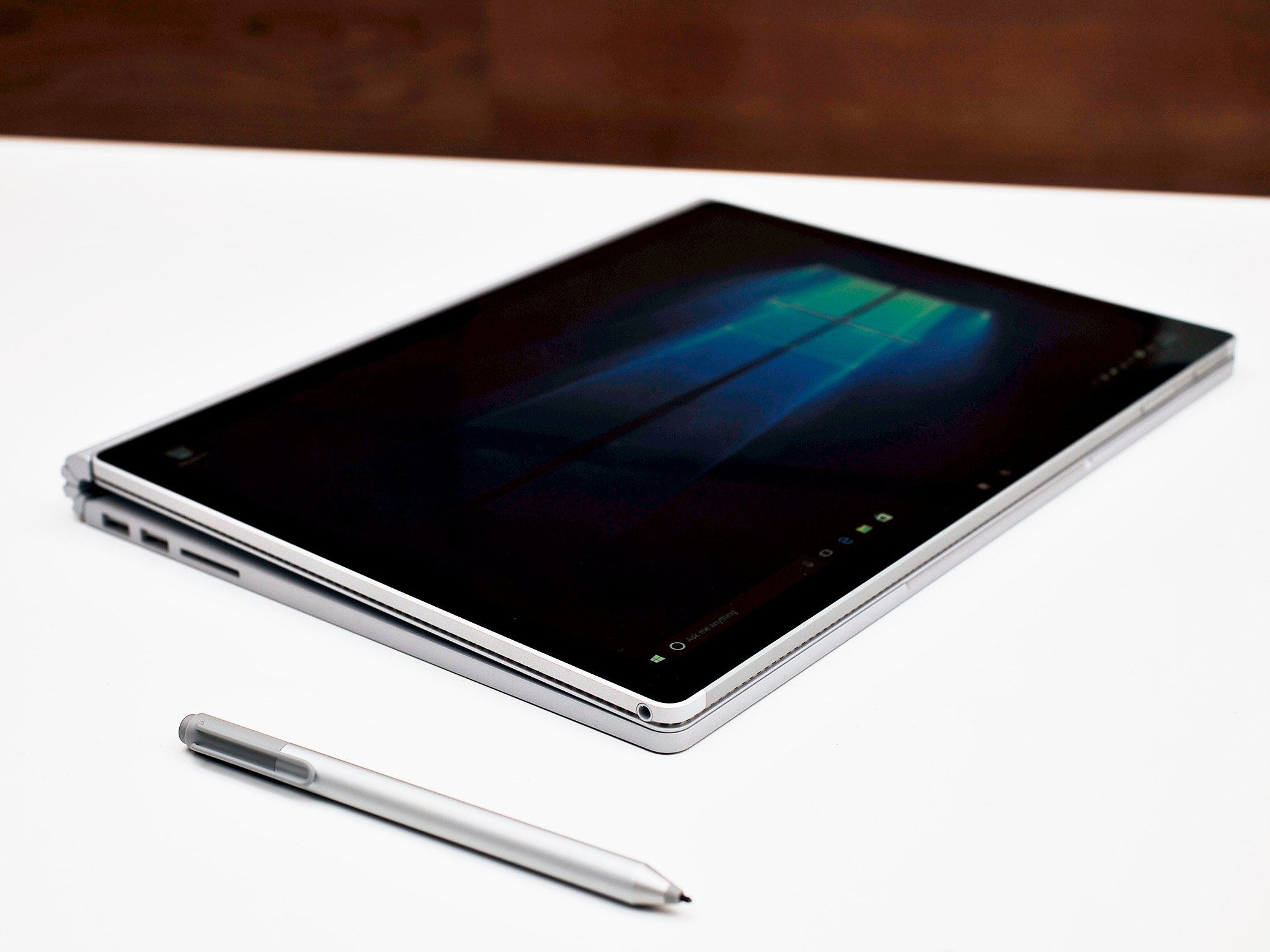The path to a Surface phone is clearer than ever with Windows 10 on ARM

Why does ARM on Windows 10 matter? What does it mean for a phone running Windows 10? Let’s break down Microsoft’s latest announcement to identify its implications.
Microsoft’s announcement of Windows 10 on ARM is a momentous occasion. Companies like Apple have been rumored since 2012 to be working on bringing macOS to ARM. Even just weeks before the MacBook Pro refresh rumors were swirling that Apple’s new laptops were ARM based. Yet it is Microsoft who is the first to do it for real (and not just for a Touch Bar).
To be clear, Windows 10 on ARM is about PCs and not phones. Nonetheless, the prospect that these two systems will come together is feasible. Here is how a Surface “phone” could happen, but first some background on why ARM even matters.
x86-64 versus ARM
ARM is the architecture used in modern smartphones. Whether it’s Apple’s A10 Fusion chip or Qualcomm’s Snapdragon line, these processors are all based on the ARM architecture. ARM differs significantly from x86 and x64, which is what Intel chips like ATOM, Core M, and Core i are based, as well as AMD’s processors.
Windows 10 Mobile runs on ARM; Windows 10 on x86-64. They share OneCore and UWP, but there’s a yawning gulf between the architectures.
Windows 10 Mobile runs on ARM; Windows 10 for PC runs on x86-64. Both share OneCore and UWP as their center of overlap. The difference is also why you cannot run x86 Win32 apps on your phone. Architecture matters.
Because ARM was made to be efficient for small batteries and reduced thermal loads, it’s ideal for smartphones and slim tablets.
Historically, ARM chips were significantly less powerful than desktop-class x86 processors. That’s been changing in the last few years. Apple’s A10 Fusion chip, found in the iPhone 7, is often compared in performance to the 2013 MacBook Air — which sported a 1.3GHz dual-core Intel Core i5 processor.
So, if ARM’s so fantastic, why not just put your desktop OS on it? The task requires a tremendous amount of engineering and work. Microsoft, evidently, has finished it. Apple is likely still working on something.
[Source:- Windowscentral]